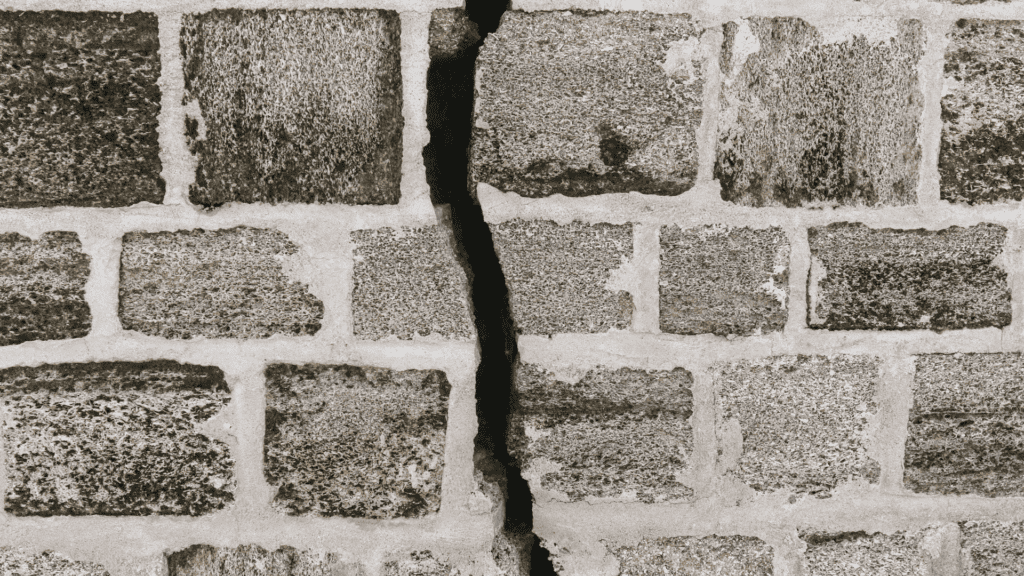I recently finished The Power of Habit: Why We Do What We Do in Life and Business by Charles Duhigg. It’s been out a few years now, but I haven’t heard many church leaders mention it. The concepts, while very simple, fascinated me. They revolved around a simple discovery of neurology: the habit loop.
A habit = a cue + a routine + a reward
Whatever the cue is, routines you reward get repeated. And once a habit is formed, it leads a person — or an organization — on autopilot.
For example, in a church, it could play out like this:
-
First time guest shows up (cue) + church members stay huddled in conversation (routine) + church stays small and comfortable (reward)
-
Staff meetings create space for sharing ideas (cue) + staff members bring ideas and are encouraged to take risks (routine) + staff members feel valued and empowered (reward)
-
Pastor suggests a change (cue) + a group of people complain (routine) + pastor halts change (reward)
As you can see, habits can be leveraged for bad or good.
I found this book personally challenging, but also incredibly encouraging. Here are some observations and questions based on some of my favorite quotes from the book:
1. “Habits aren’t destiny….habits can be ignored, changed, or replaced. But the reason the discovery of the habit loop is so important is that it reveals a basic truth: When a habit emerges, the brain stops fully participating in decision making. It stops working so hard, or diverts focus to other tasks. So unless you deliberately fight a habit — unless you find new routines — the pattern will unfold automatically.”
Habits, in theory, save the brain time and energy. They can create positive outcomes just as much as negative ones. But often, we allow habits to take the reigns on things that should get more of our brain power.
2. “Habits emerge when patterns are predictable—when our brains learn to crave a specific reward at a specific moment. When rewards defy prediction, when we fall off the wagon in ways that confound expectations, we take some of the power out of a pattern. It’s a little bit harder for the habit loop to start.”
This is one good reason to fight predictability in church. Your predictable services are creating organizational habits that will become increasingly difficult to change over time.
3. “Some departments at NASA, for instance, were overhauling themselves by deliberately instituting organizational routines that encouraged engineers to take more risks. When unmanned rockets exploded on takeoff, department heads would applaud, so that everyone would know their division had tried and failed, but at least they had tried. Eventually, mission control filled with applause every time something expensive blew up. It became an organizational habit.”
This story was so interesting. NASA’s habit goal backfired here. They intended to encourage people to take risks. They ended up celebrating failure instead of success. Are you celebrating things that do not align with your vision, out of habit alone?
4. “Keystone habits offer what is known within academic literature as ‘small wins.’ They help other habits to flourish by creating new structures, and they establish cultures where change becomes contagious.”
Keystone habits are habits that set into motion a series of other behaviors. If you change a keystone habit for the better, you get a domino effect. Sometimes they are hard to identify, but they’re worth rooting out. What negative habits, if changed, would set off a chain reaction of other positive changes?
(Andy Stanley interviewed Charles Duhigg about keystone habits on his podcast a few years back. You can listen here.)
5. “Sometimes, a truce can create dangers that outweigh any peace.”
In the book, Duhigg describes “truces” inside organizations as unspoken agreements, or habits, between different people, teams or departments that “keep the peace,” even at the expense of what’s right for the organization as a whole. An organization full of these kinds of truces has a sick culture that will ultimately cause its demise.
Truces also create ministry silos.
6. “During turmoil, organizational habits become malleable enough to both assign responsibility and create a more equitable balance of power.”
When pain comes, habits are easier to change. Crisis is never easy or desired, but it often creates the foundation for positive change that nothing else could.
7. “For an idea to grow beyond a community, it must become self-propelling.”
How are you empowering people to own the vision of your church? Is it replicable? Is it replicating?
8. “…every habit, no matter its complexity, is malleable.”
Have you given up hope that bad habits in your church or on your team can change?
9. “…once you understand that habits can change, you have the freedom—and the responsibility—to remake them.”
Ask God to show you where the culture of your church or team is sick. Ask Him to show you which bad habits start with you.







